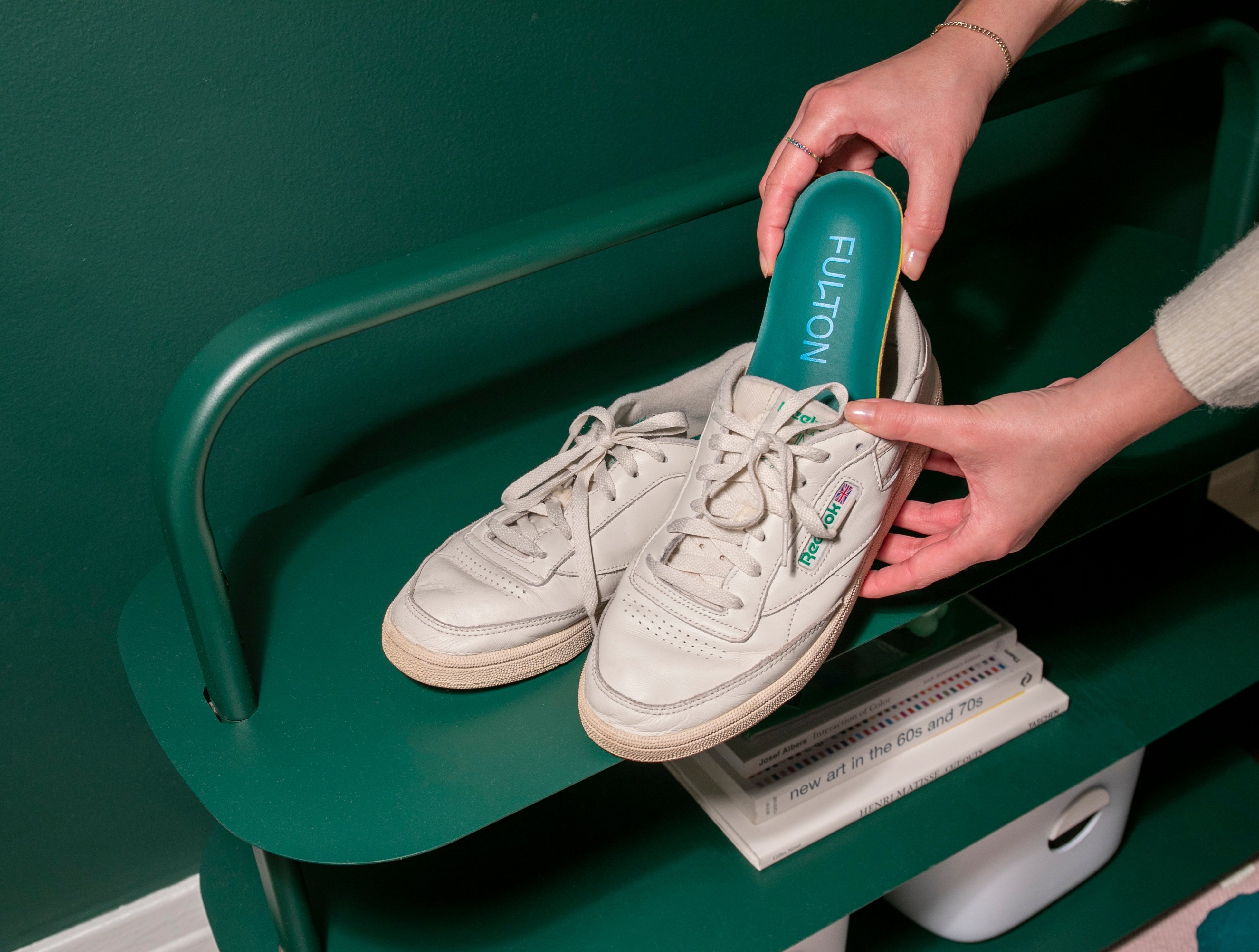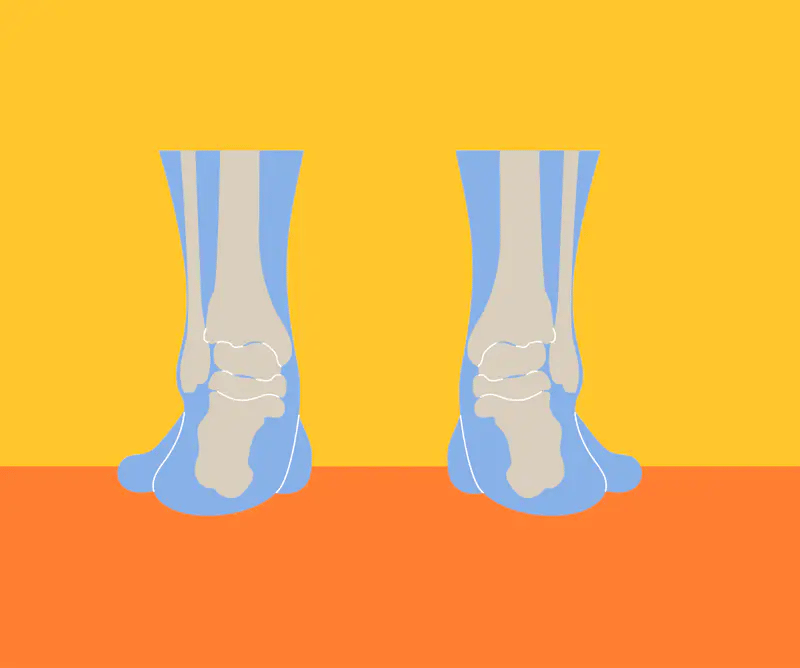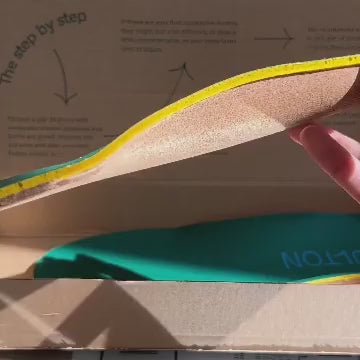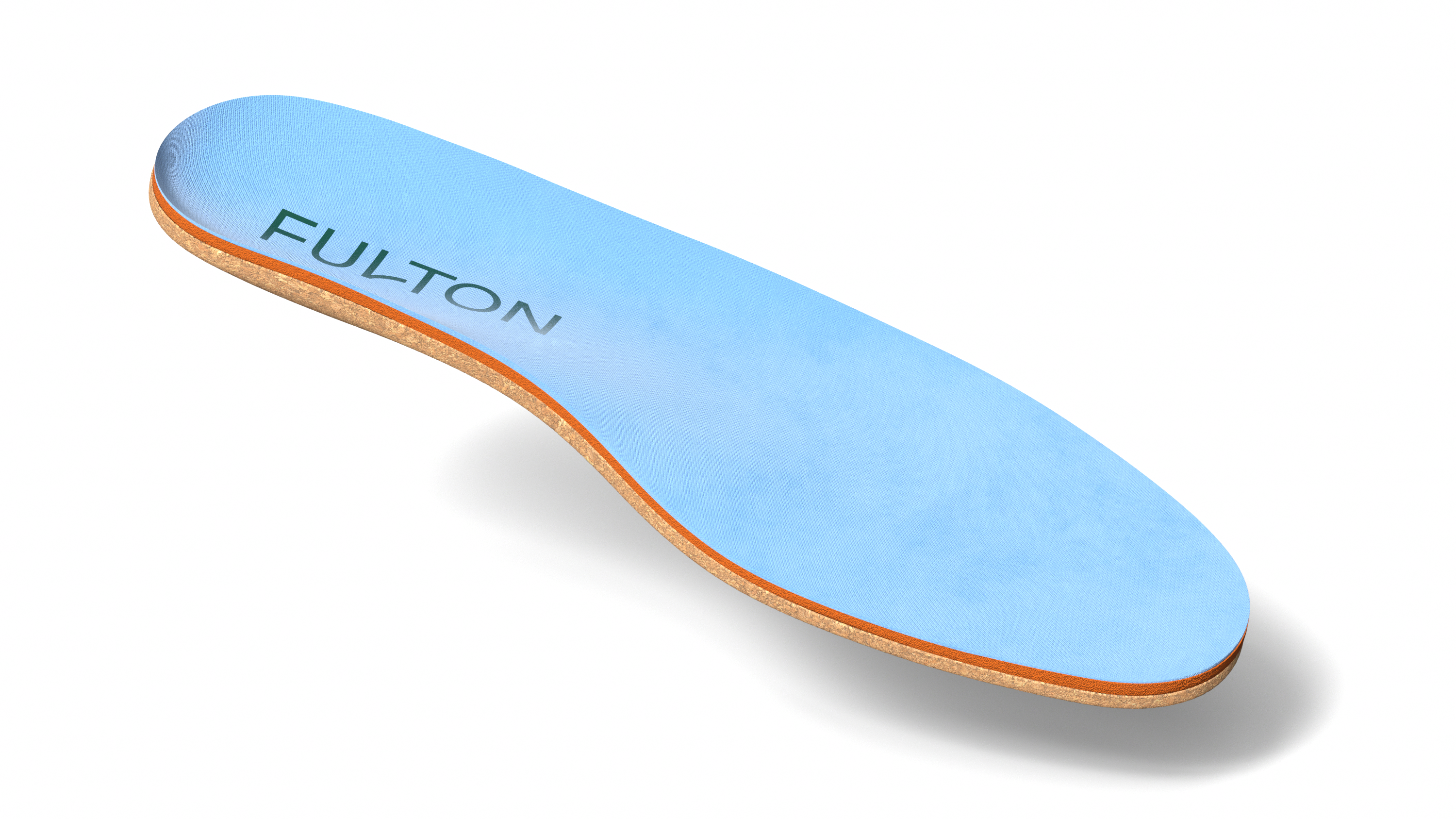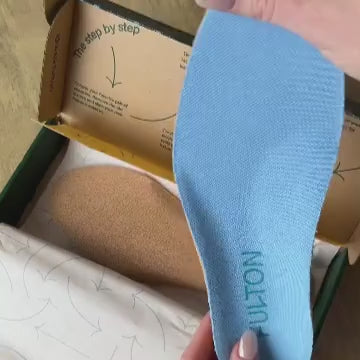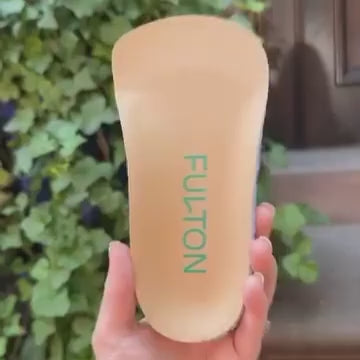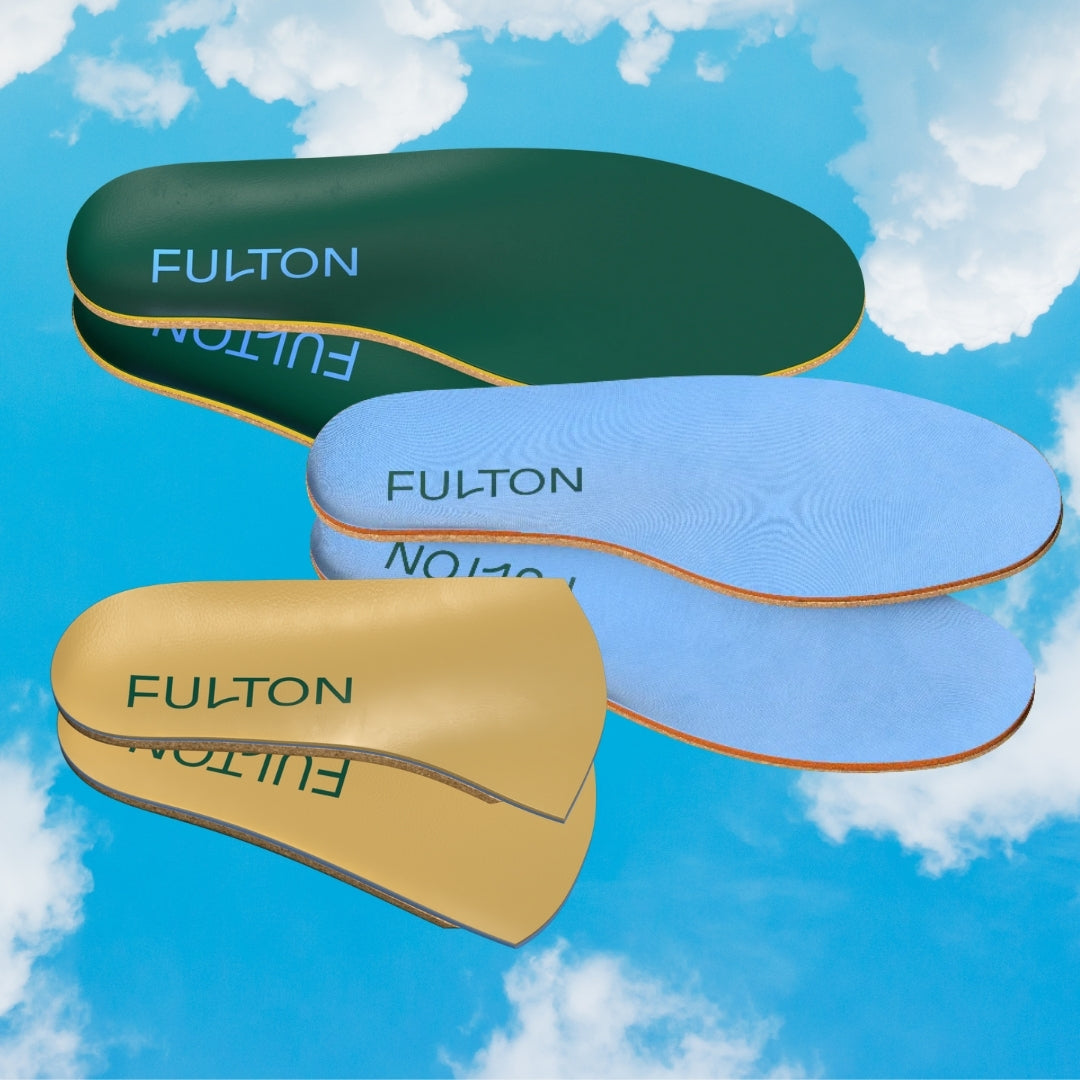What is pronation?
Pronation is a word you may have heard thrown around a lot, especially if you’re a runner. It refers to the foot’s inward motion as you’re walking or running, which is natural and normal to a certain degree. Pronation of the foot allows the foot to absorb shock so that the other lower body parts don’t have to get too involved. But over or under pronated feet can result in issues in the foot and beyond; there are different affects of pronation vs supination when it comes to alignment.
What is overpronation?
With overpronation, the foot rolls too far inward while you’re walking, putting undue stress on the inside of the foot. In turn, your ankles rotate more, which can cause issues at the knee. If the misalignment continues up to the hips and pelvis, you might start to feel discomfort in the lower back. Other pains and aches due to an over pronated foot include arch pain, Achilles tendonitis, metatarsalgia and plantar fasciitis, a common condition where the tissue on the bottom of the foot becomes inflamed, causing heel pain.
What is supination?
If you supinate, it’s the opposite: the foot and ankles roll outward away from the neutral position. Supination and walking on outside of foot can lead to pain in the ball of the foot, the top of the foot, and pesky shin splints on the front of the leg.
With both pronation and supination, the impact of walking or running travels beyond the feet and to the rest of the body. But here’s the good news: correcting excessive rolling of the feet and ankles can mitigate and even prevent other symptoms in the knees, hips, and back and alleviate lower back pain. When thinking about how to fix pronated feet, you are really thinking about how to align your entire body.
Arch types
When we talk about our arches, we tend to think of them as one curve on the bottom of our feet. But there are three different types of arches in the feet: the medial longitudinal arch, the lateral longitudinal arch, and the transverse arch (stay with us here). Like so many things to do with our feet and walking, nothing is as simple as it seems!
The wet test
It’s easy to figure out the type of feet arches you have: all you need is water and a piece of paper for what’s commonly known as “the wet test.” Just dip your foot, step on the paper, and look at the outline of the resulting footprint to determine your feet arch type.
- Normal Arch: If the middle part of your arch is about half-filled, this means you probably have a medium arch (or what some podiatrists call a “normal” arch). Your arch is neutral, supporting your body and pronating to a normal degree as it does so.
- Low or Flat Arch: If your wet footprint looks like a complete foot, you likely have a low or flat arch. People with flat arches tend to overpronate, and low arches can also lead to excessive foot motion, instability, poor shock absorption, and misalignment.
- High Arch: If you see more of a sliver of a footprint on the outside of your foot, or no connection between the front and back of the foot at all, you probably have high arches. You may tend to supinate, putting more strain on the outside of the foot. A foot with a high arch is often more rigid, resulting in your weight shifting to the ball of your foot as you stride.
With both low and high arches, forces aren’t transmitted efficiently, causing foot pain. You could think of it as poor shock absorption, sending stress up the kinetic chain to joints in the legs, hips, and back.
What is a gait cycle?
Like our fingerprints, every single person’s gait, or way of walking, is unique. The gait cycle refers to your body’s patterns of motion while you’re striding or running. It’s divided into three main gait cycle phases:
- Initial Contact Phase: In the initial contact phase, your heel hits—or “strikes”—the ground first, absorbing shock and setting you up with a solid foundation. The foot rolls from heel to toe as you take your step, and also slightly inward—that’s pronation.
- Midstance Phase: In the midstance phase, the whole foot is in contact with the ground and evenly bears the body’s weight. At this point, the foot transitions from absorbing shock to a kind of stability mode.
- Swing Phase: The last of the gait cycle phases occurs as the foot leaves midstance, with the heel rising again, you’re propelled forward into the swing phase. As your weight transfers forward, the soft tissues in the arch tighten. Your ankle flexes downward and the knee extends to propel you forward. As soon as the swing phase ends, it begins again.
As you go through this process with one foot, it's also happening with your other foot. While you swing with one foot, the other foot goes from contact to midstance. As you make contact again, the other foot goes from midstance to swinging.
Each gait cycle phase applies pressure to distinct parts of the foot and distributes shock upward across the rest of the body in different ways. No two people walk the same way, and small variations in any phase of your unique gait cycle can have a substantial impact through the kinetic chain.
Insoles are key for support
So where does this all lead us? The complexity of each foot and the intricate mechanisms of walking are proof positive that custom molding insoles are key for better arch support. Pronators and supinators alike require support to keep the foot in its optimal aligned position, treating and preventing aches and pains across the rest of the body.
Whether your arch is high, low, or medium, an insole like Fulton that fits properly will prevent unnatural movement of the foot while you’re in motion during your unique gait cycle. No matter your pronation tendencies, arch type, or gait style, you’ll likely benefit from added support that molds to your unique foot and step; Fulton insoles work for all arch types!


